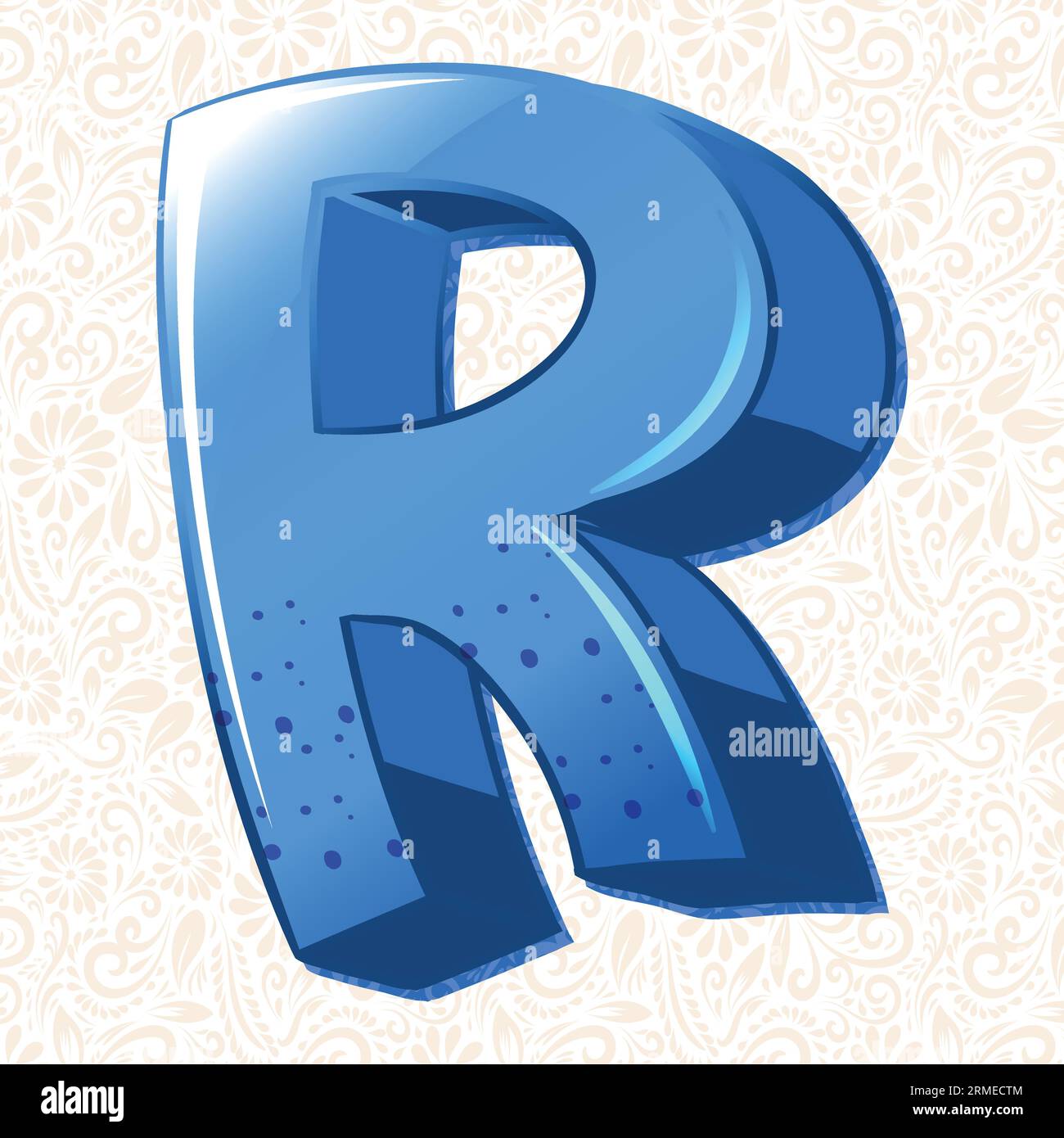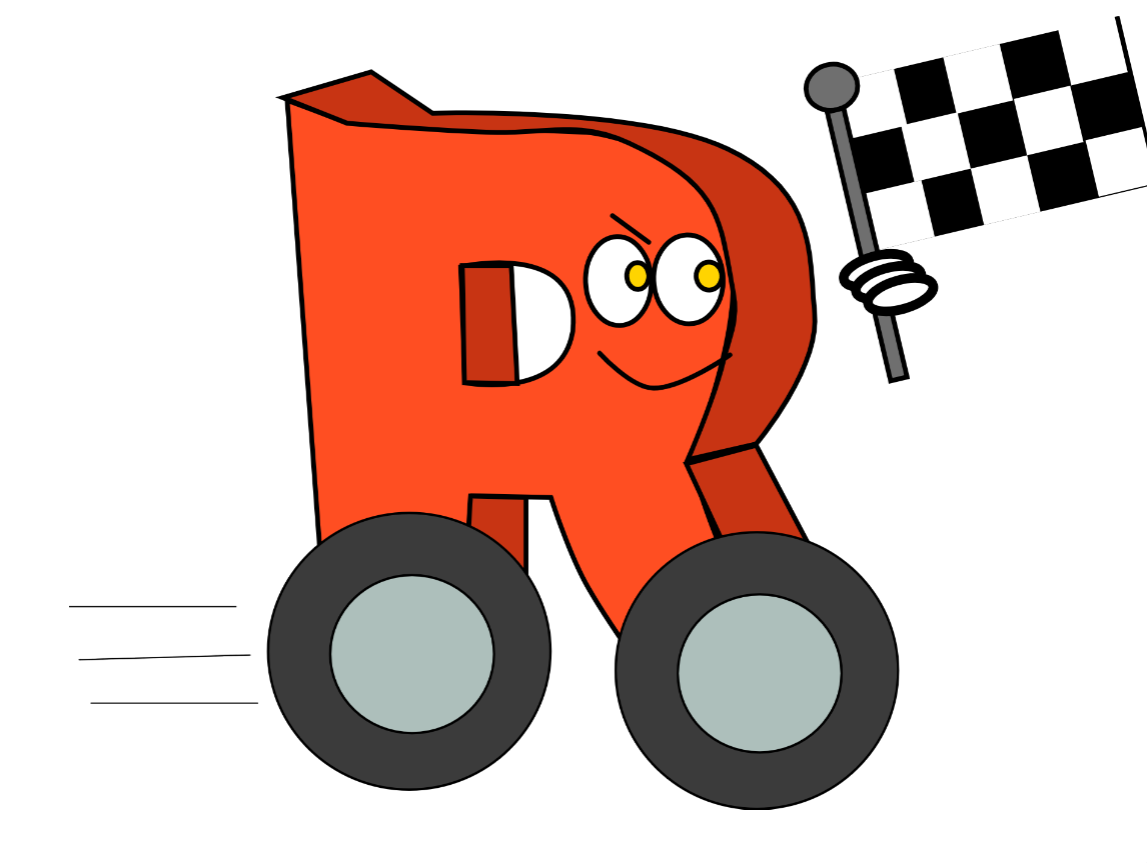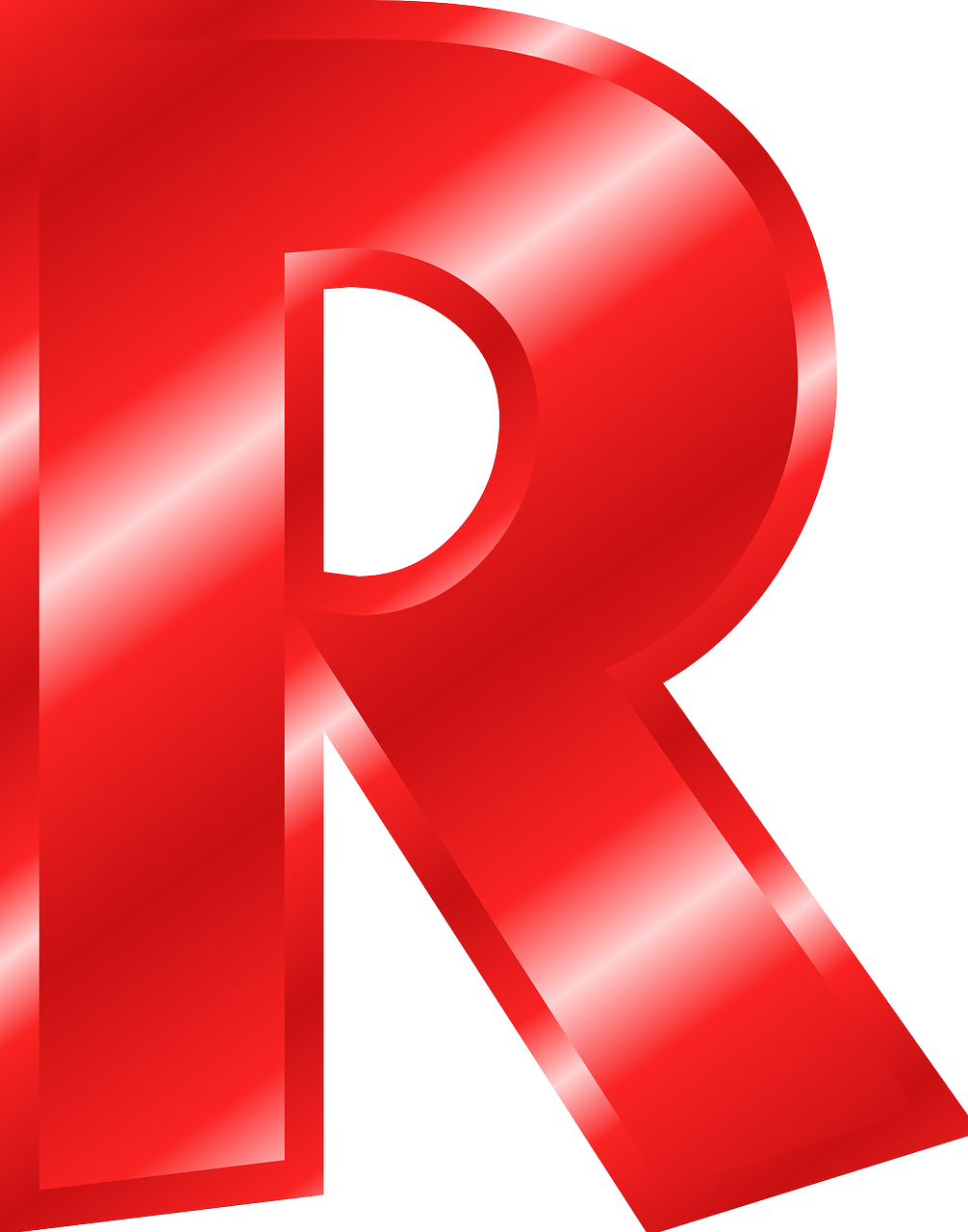R Durst - Community Insights And Language Tools
It’s interesting to think about how online communities come together, particularly when we consider the sheer amount of information and interaction that happens every single day across countless digital spaces. You know, it’s almost like a constant stream of thoughts and ideas, really, flowing from people all over the place. We see a pretty wide range of topics, from the incredibly specific to the generally broad, all finding a spot where folks can chat and share what's on their minds. This big, varied mix of content is something we can observe in many places, and it is that kind of rich environment that helps shape how we talk to each other and what we learn.
In some respects, the way these groups operate can teach us a lot about how people prefer to communicate and what sorts of things grab their attention. For instance, when we look at places where people gather online, we often find a sort of natural rhythm to the discussions, with popular ideas rising to the top and less common ones perhaps finding their own quiet corners. This organic way of organizing thoughts and conversations is something pretty unique to the digital age, actually. It really shows how people, when given the chance, can build incredibly diverse and active spaces for themselves.
And so, when we consider a concept like "r durst," which seems to touch upon both community interaction and perhaps even some specific ways of handling information, it invites us to explore the various facets of these online gatherings. We'll be looking at how ideas spread, how certain tools might help in organizing those ideas, and what it takes to be a part of these active conversations. It’s a chance to peek behind the curtain, if you will, and get a better sense of the lively pulse that keeps these digital neighborhoods going.
Table of Contents
- What is Going On with r durst Communities?
- How Does r durst Shape Online Talk?
- Exploring the r durst Language Feature
- Why is the r durst Pipe Different?
- Getting Around r durst Content Spaces
- What Kinds of Things Can You Find on r durst?
- Rules for Being Part of r durst
- Joining the r durst Conversation
What is Going On with r durst Communities?
When you think about the sheer volume of material that shows up every single day from all sorts of online groups, it’s honestly quite a lot to take in. You know, we're talking about hundreds of thousands of different communities, each with its own vibe and its own set of regular contributors. It’s like a massive collection of conversations, where people are constantly putting out new thoughts, sharing interesting bits, and just generally keeping things lively. This constant flow of fresh material means there's always something new to check out, whether you're looking for something specific or just browsing around. It is, in a way, a reflection of how diverse human interests really are, and how many different ways people find to connect over those interests. The way these communities grow and change, too, is a pretty fascinating thing to observe, as they adapt to what their members want and what the wider internet scene is doing.
How Does r durst Shape Online Talk?
It's interesting to consider how language and communication get shaped within these digital spaces, especially when we look at specific tools or updates that come along. For example, there's been an update where "r" has introduced a particular kind of tool, a sort of pathway for information, called a pipe, which looks like `|>`. This tool, quite simply, offers a different way to handle data or information, and it is a bit different from other similar tools you might have seen, like `magrittr's %>%`. The main thing that sets this `r durst` related pipe apart is that it’s a bit more focused in its operation; it really only lets you put things into the very first spot of whatever comes after it. So, while it might seem a little bit limited in what it can do compared to some other options, it actually does its job by changing how the computer understands the instructions you give it. This means it's still quite useful, even with its specific way of working, and it helps to define a particular way of expressing ideas within that language or community.
Exploring the r durst Language Feature
The introduction of any new feature in a widely used system, especially one that deals with how information is processed, is always something worth paying attention to. When we talk about "r" and its new `|>` pipe, we're really looking at a small but potentially very impactful change for those who use it regularly. It represents a different philosophy, perhaps, in how one might structure a series of operations or commands. This kind of tool is often about making things easier to read or write, even if it means being a bit more particular about how it's used. It is, in a way, a subtle shift in the grammar of the system, allowing for a new kind of sentence structure when you're telling the computer what to do. So, while it might not seem like a massive overhaul, these kinds of specific additions can gradually influence how people approach problem-solving and how they share their methods with others. It's almost like adding a new, very specific kind of punctuation mark to a language.
Why is the r durst Pipe Different?
One of the key things that makes this `r durst` pipe stand out, as we briefly touched upon, is its particular way of taking information and putting it into the next step. Unlike some other tools that might offer more flexibility in where they place the incoming information, this one is pretty strict about it always going into the first spot. You know, it’s like having a special kind of funnel that only lets things go into one specific opening. This might seem like a small detail, but it actually means that the way you think about organizing your commands has to adapt a little bit. However, the neat thing about it is that it doesn't just physically move the information; it actually changes how the underlying system interprets what you're asking it to do. This "syntax transformation" aspect is pretty clever because it means even with its defined limits, it can still achieve its purpose quite effectively. It is a very direct and, some might say, uncomplicated approach to linking different operations together, which can be quite appealing for certain tasks.
Getting Around r durst Content Spaces
Beyond the technical bits, there's a whole world of community content that gets shared and talked about. We're actually trying out something new where we take some of the posts from these "r/reddit" communities and turn them into different languages. This effort is really about making sure more people can get involved and understand what's being said, no matter where they are or what language they speak. We're hoping to add more language options as time goes on, so, you know, it's a bit of a work in progress, but the goal is to make these conversations more accessible to a wider audience. This kind of initiative is pretty important because it helps break down some of the barriers that might stop people from joining in on interesting discussions or learning from what others are sharing. It's about building bridges, really, between different language groups and making the online space feel a little bit more welcoming for everyone. The idea is to foster a truly global exchange of ideas, and that, in some respects, is a very exciting prospect.
What Kinds of Things Can You Find on r durst?
When you explore these online communities, you find a truly vast array of content, ranging from the lighthearted to the deeply thoughtful. For instance, there’s a whole section dedicated to those "funny moving pictures with text," which, you know, have been re-imagined a bit. It’s a place where people can share things that bring a smile or a chuckle, and it's a pretty popular spot for that kind of casual enjoyment. On the other hand, if you're looking for something a bit more serious, any sort of opinion or deep thought should probably head over to a different spot, like "r/foodforthought" or another community that’s set up for that kind of discussion. This includes articles where someone is giving their personal take, or just their own guesses about something, or anything else that comes with a strong point of view. Even press releases that have a clear editorial slant are better suited for these more analytical spaces. It is, basically, about making sure that different types of content find their proper home, which helps keep the discussions focused and relevant for those who are looking for specific kinds of information or entertainment. This distinction helps maintain the character of each community.
Rules for Being Part of r durst
Being part of these online communities often comes with a few guidelines to help keep things running smoothly and ensure everyone has a good experience. For example, when we think about places like "R/videos" or even the internet as a whole, there are often big topics that everyone is talking about. So, in those situations, it's pretty common to have a central discussion area, a "megathread," where everyone can gather to chat about that hot topic, share related videos, and just generally discuss the subject, like net neutrality, for instance. This helps to keep all the related conversations in one spot, which can make it much easier to follow along and get a sense of what people are thinking. It is, in a way, a method for organizing a large amount of public interest around a single point, making sure that the dialogue remains somewhat coherent and easy to follow for newcomers and regulars alike. This structured approach helps prevent the community from becoming too messy or hard to navigate when a big issue comes up.
Joining the r durst Conversation
To help keep things tidy and to cut down on unwanted messages in certain communities, there are sometimes a few simple requirements for people who want to join in. For example, if you're hoping to take part in the "r/premed" community, you need to have collected at least 10 "comment karma." This is basically a small measure of how much you've contributed positively to discussions elsewhere. And, you know, your account also needs to be at least 72 hours old. These sorts of rules are actually put in place to make sure that the people who are participating are genuinely interested in the community and aren't just popping in to cause trouble or spread spam. It’s a bit like having a small waiting period and showing you've been a good citizen in other areas before you can join a more focused group. This helps to maintain a certain level of quality in the discussions and ensures that the space remains a valuable resource for its members. It is, in some respects, a way of building a more trusted and engaged group of contributors.
This exploration has touched upon the lively world of online communities, including how content is organized and shared, the specifics of certain language tools like the "r durst" pipe, and the common practices that help these digital spaces thrive. We've seen how a wide array of topics finds a home, from lighthearted visuals to more serious discussions, and how efforts are made to make these conversations accessible to a broader audience. We also looked at the practical guidelines that help maintain order and quality within these bustling online environments.

R Letter Alphabet

Letter Factory R by BrownFamily1013 on DeviantArt

Letter R PNG